The Complete List of Linux Distros
A while ago, I did an article called The Complete List of UNIX Operating Systems. I never expected it to get high ratings, but right now, it seems to be doing very well. Because of that, I’ve decided to do a similar article in the same format, but instead being a list of Linux distros, because the article didn’t cover Linux. While we can’t necessarily cover everything, I’m going to attempt to name every single distribution that I’ve heard the name of.
The Oldest: Slackware
The first on my list of Linux distros is Slackware. Slackware is the oldest Linux distribution. There’s not a lot more to say than that. It attempts to be the most UNIX-like of any Linux distro. It was originally developed as a side-project but is now developed more seriously. The earliest versions of SUSE were based on Slackware.

SUSE
SUSE is developed by a German company, and has both a free and paid version. The free version is generally called “OpenSUSE”. SUSE stands for “Gesellschaft für Software und System Entwicklung“.
List of Linux distros: Debian
Debian is a Linux distro emphasizing stability. Thus, Debian’s packages do tend to be older and more stable in nature than other distros. Debian uses the apt package manger.
Raspbian/Raspberry Pi OS
Raspbian (older versions) and Raspberry Pi OS (newer) is an operating system primarily developed for the single-board computer, Raspberry Pi. It works well in an embedded capacity but also includes its own desktop environment for those who want to use it as a full computer.
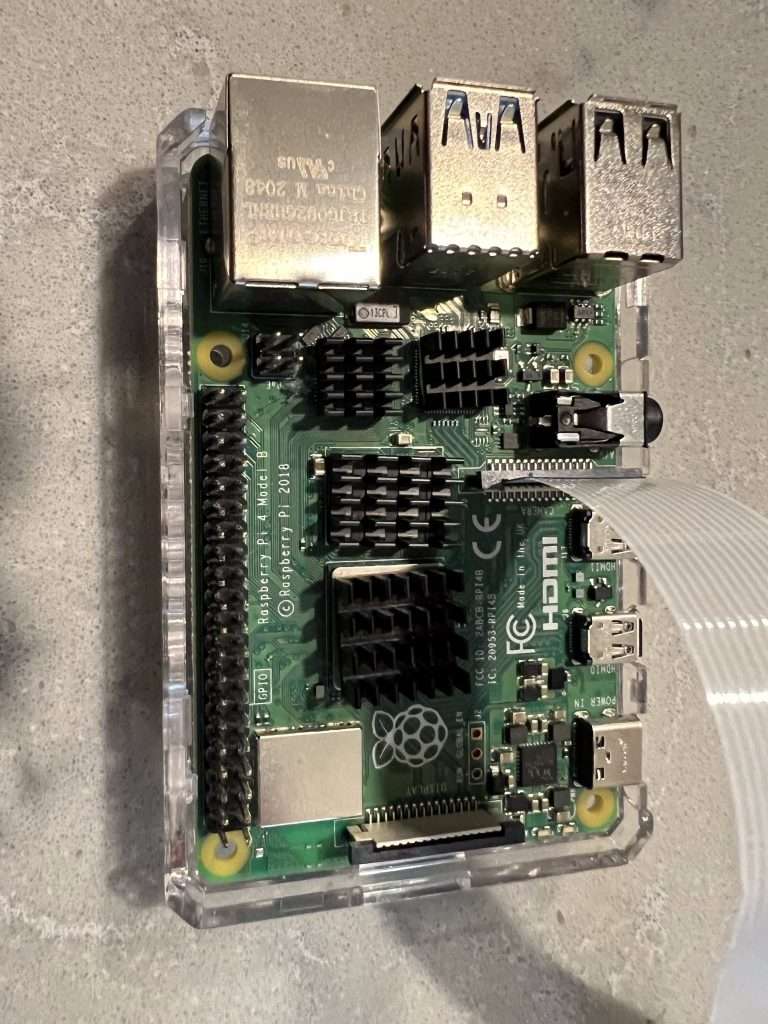
Ubuntu
Ubuntu, made by Canonical, is the most popular sub-distribution of Debian. It’s also a favorite of beginning Linux users. Ubuntu, like Debian, maintains a release cycle of two releases a year, with every fourth release being supported by the developers long-term. Ubuntu was my first Linux distribution.
Pop!_OS
Pop!_OS is an operating system developed by computer manufacturer System76. It has its desktop environment, COSMIC, written in Rust, which gives the OS a modern look. It includes features like system-wide dark mode and built-in NVIDIA support: A Review of Pop! OS. Official site: https://pop.system76.com

Linux Mint
Linux Mint is famous as the distribution your grandmother could use. It is designed primarily for ease of use. It has a desktop environment designed to look fairly familiar to Windows, which is good for people coming from Windows, and shortens the learning curve.
Arch
Arch is a popular distribution with more advanced users. It uses a rolling release cycle, where packages are sent to users as soon as they are made available, rather than waiting for an official update. This can result in many errors, but it creates a hackable OS with no limitations for the user. Arch comes with nothing but its package manager, pacman, the Linux kernel, and GNU coreutils by default. The user must install everything else from scratch, including networking and the desktop environment.
Manjaro
Manjaro is a popular variant of Arch, designed to make using Arch easier for the normal person, who doesn’t want to go through the complex installation process. It is very close in feel to Pop!_OS, with a built-in package store, with several different ways of installing.
List of Linux Distros: Fedora
Fedora is a popular Linux distro among old pros. It sets up easily, but at the same time gives a good balance between ease-of-use and being technically superior.
Recent versions of Fedora include GNOME3 as the desktop environment. Fedora uses the “yum” package manager.
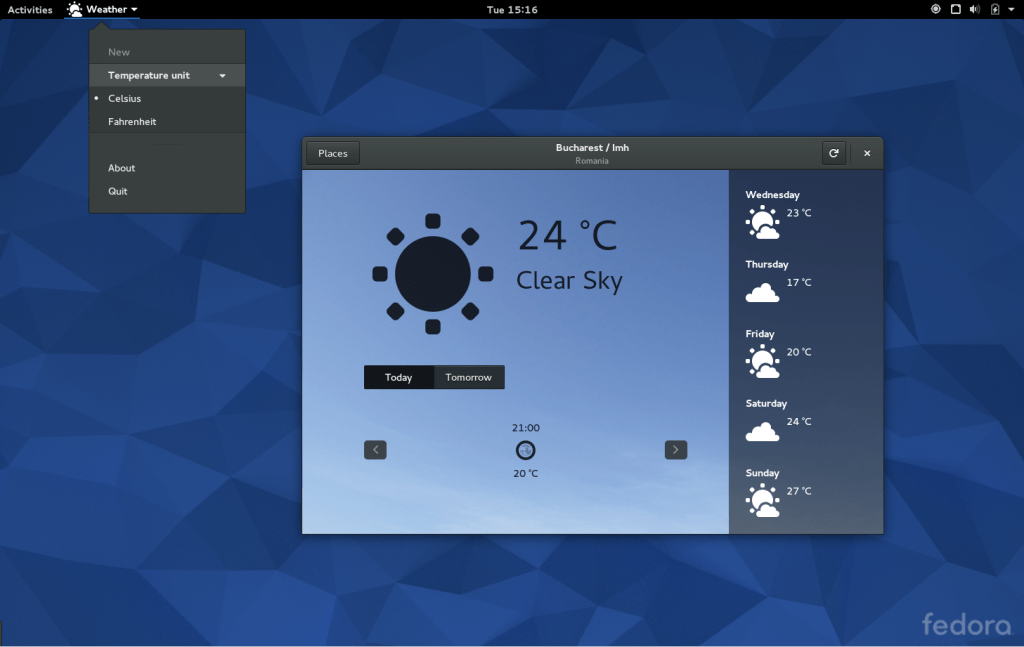
Red Hat Enterprise Linux (RHEL)
Red Hat Enterprise Linux, or RHEL, could be said as a commercial, server version of Fedora, that costs money. It is a favorite of large companies, and is very commonly used in data centers.
CentOS
CentOS was a RHEL-based free Linux distribution. Red Hat discontinued CentOS for CentOS Stream, a rolling release distribution. This effectively killed the primarily-server distribution.
Oracle Linux
Oracle Linux is a RHEL-based Operating System, very similar to CentOS. When CentOS was discontinued, users flocked to Oracle Linux. As the name suggests, Oracle Corporation develops it.
List of Linux Distros: Gentoo
Gentoo is a distribution that allows users to build everything from source. Similar to BSD, Gentoo has a “ports” tree, or a tree of packages and their source code. The difference is, on BSD, the users just use “make”, while Gentoo uses “emerge” to interface with the ports tree.
Gentoo brings added stability that is not present in many Linux distros by its compiled design.
Chrome OS
Yes, Chromebooks are based on Gentoo. Although most people don’t consider it a distro, I will put it on the list of Linux distros. Chrome OS, for those unaware, is Google’s Operating System that is designed for speed and ease-of-use, by prioritizing the Chrome browser, an application that many people use as the only application they need.
Chrome OS comes with an embedded Debian and Android subsystem, offering impressive compatibility. It also features enterprise management features that make it very popular in schools and some corporations.

List of Linux Distros: Void Linux
Void Linux is a Linux OS that aims to get past many of the packages that often hold Linux’s security, speed, or legal issues back, such as GNU Coreutils, and Systemd. This makes the operating system popular with purists who also desire an easy-to-use operating system.
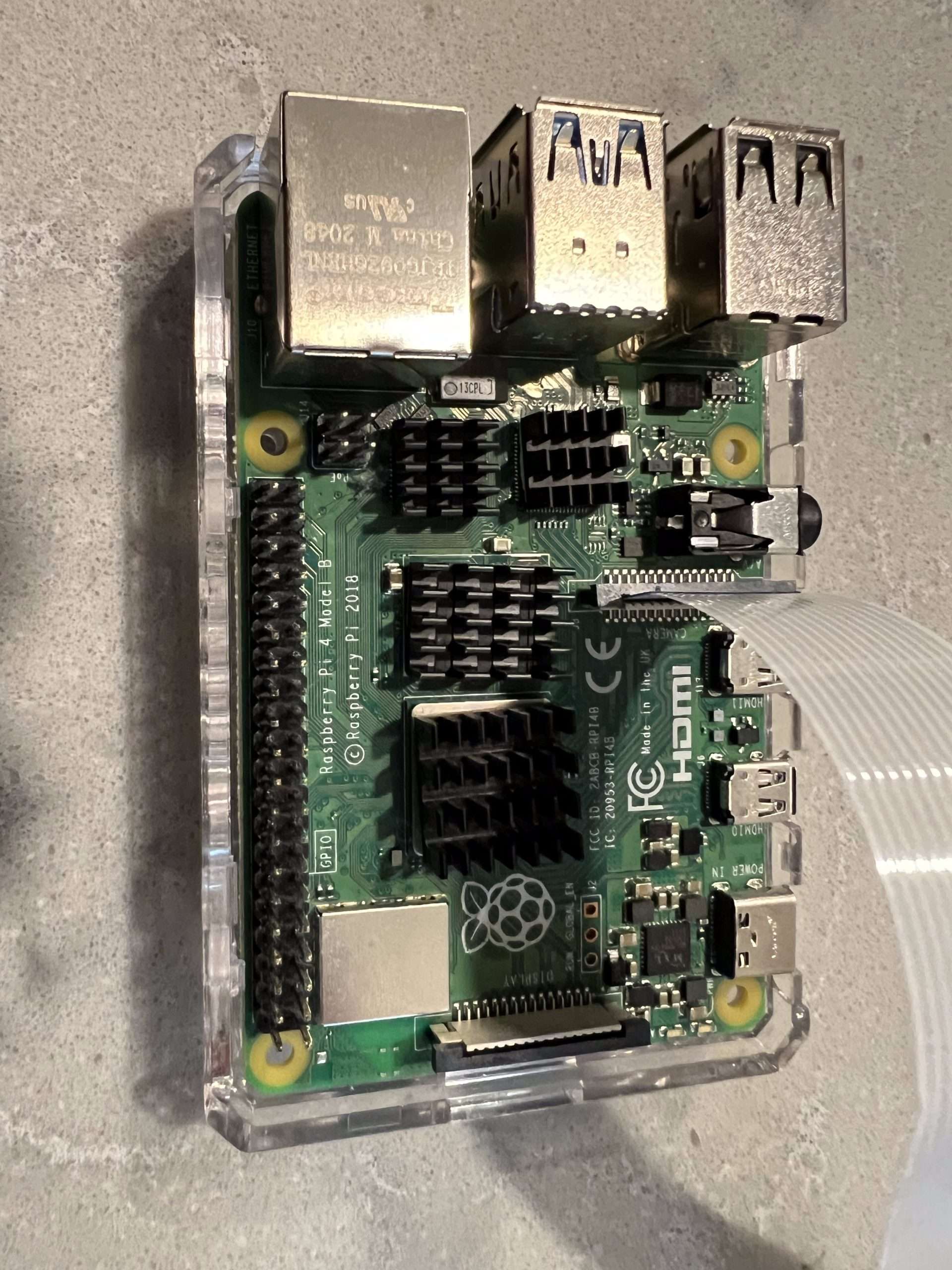
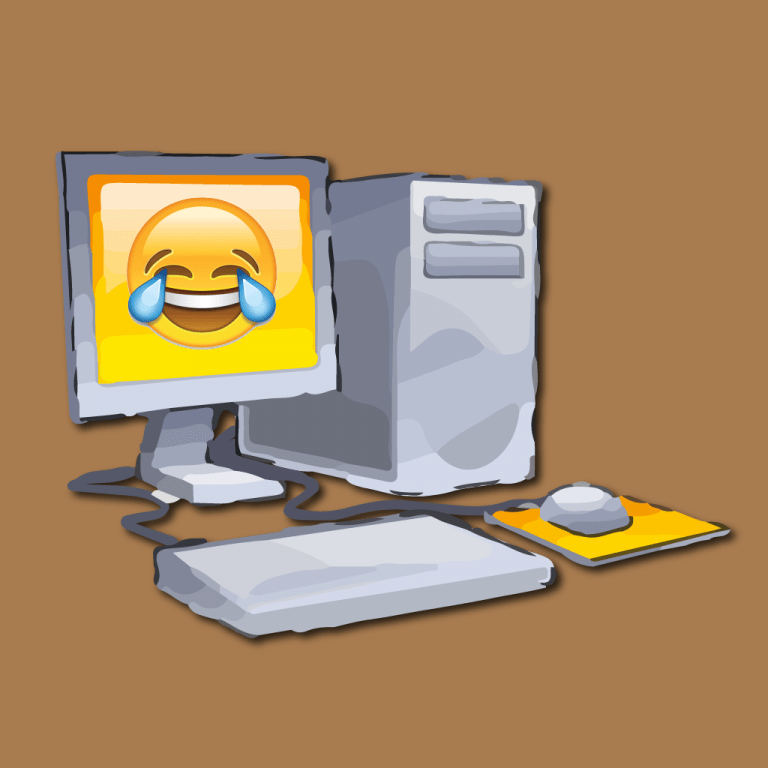
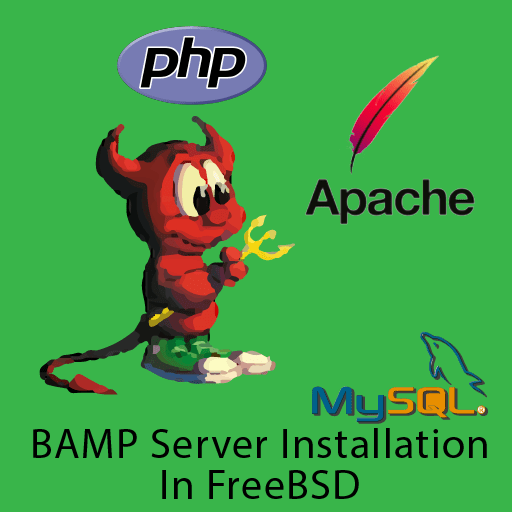
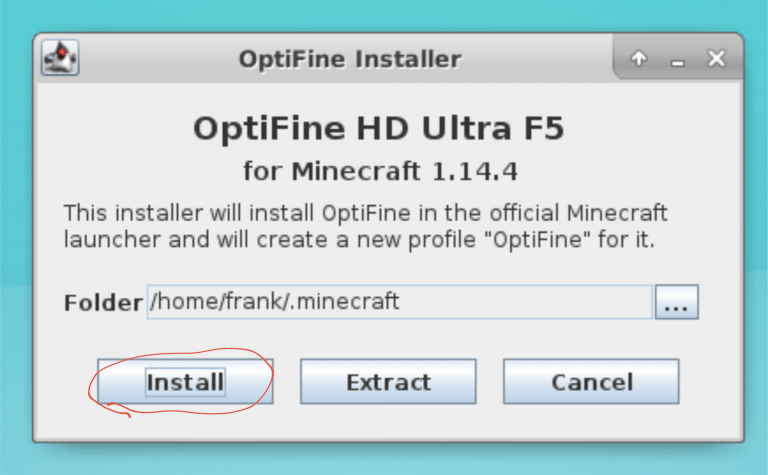

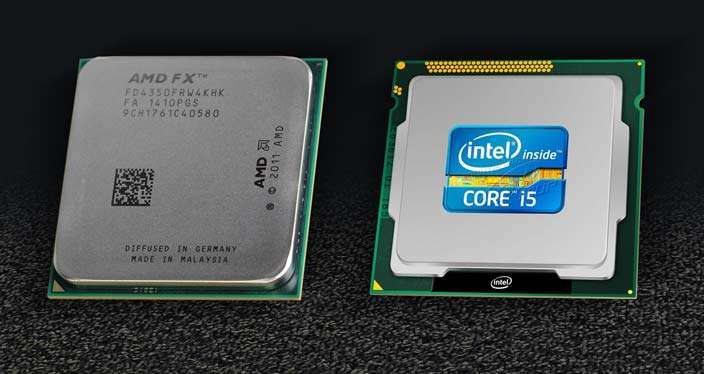
Mint is still based on Ubuntu and doesn’t plan on switching to being based on arch